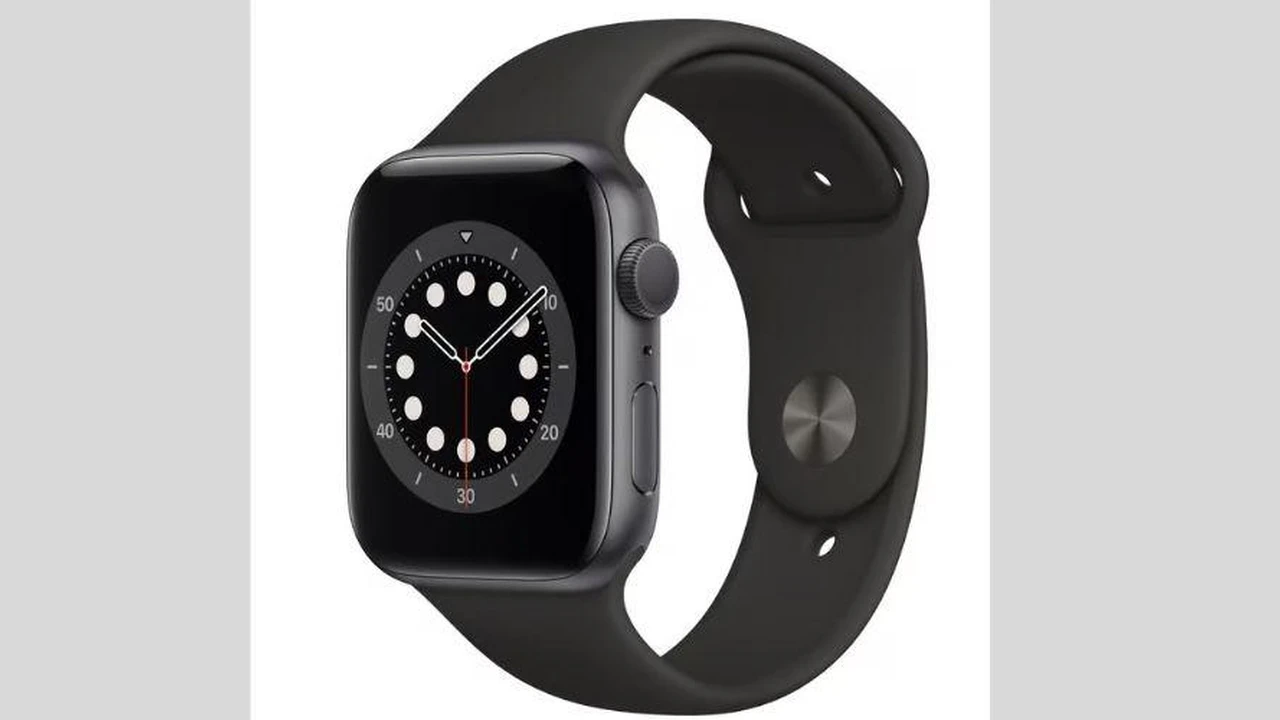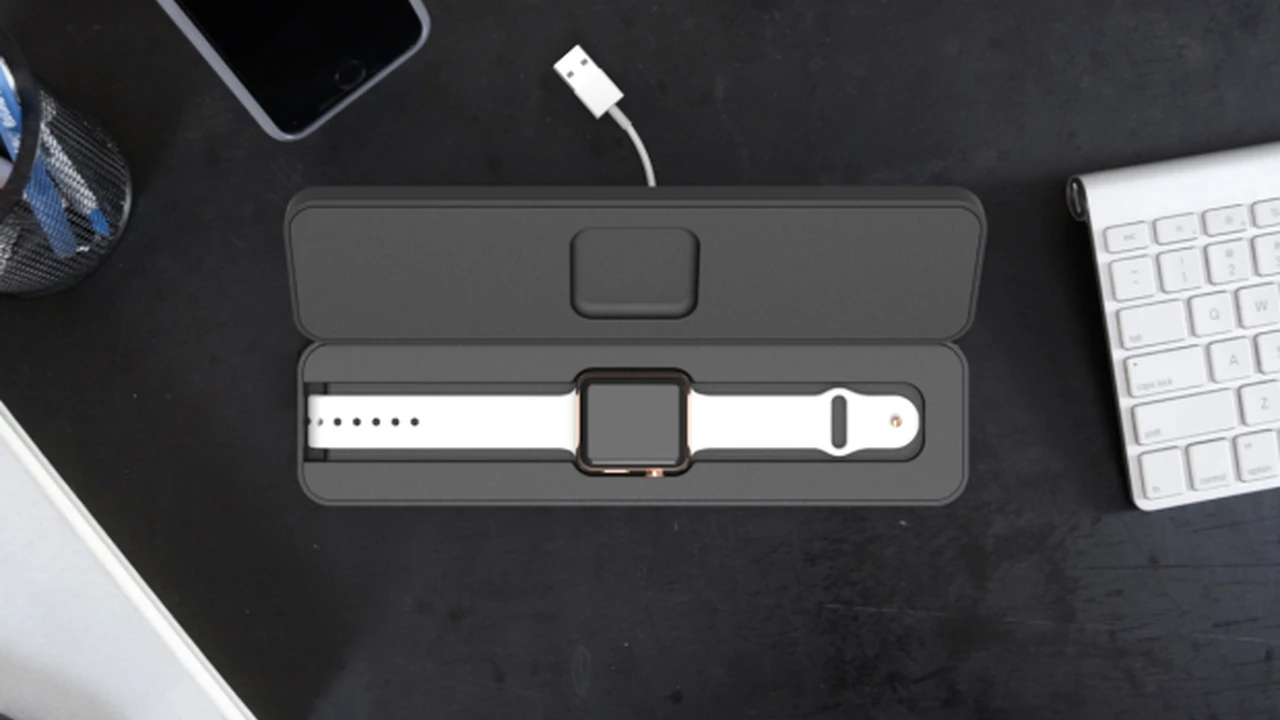Refurbished Smartwatches Are They Worth It
Consider buying a refurbished smartwatch. Learn about the pros and cons, and what to look for to ensure a good purchase.

Refurbished Smartwatches Are They Worth It
Hey there, tech enthusiasts and budget-conscious shoppers! Ever thought about snagging a refurbished smartwatch? It's a pretty hot topic, especially with new models dropping all the time and prices for brand-new devices sometimes feeling like they're reaching for the stars. So, let's dive deep into the world of refurbished smartwatches and figure out if they're truly worth your hard-earned cash. We're talking about everything from what 'refurbished' actually means to specific models, where to buy them, and what to watch out for. Stick around, because by the end of this, you'll be a refurbished smartwatch pro!
Understanding Refurbished Smartwatches What Does Refurbished Mean
First things first, what exactly is a 'refurbished' smartwatch? It's not just a fancy word for 'used.' When a smartwatch is refurbished, it means it's been returned to the manufacturer or a certified refurbisher, inspected, repaired if necessary, cleaned, and then put back on sale. Think of it like a second chance for a device. This could be a customer return, a display model, or a unit with a minor defect that's been fixed. The key here is that it's gone through a professional process to ensure it's fully functional and meets certain quality standards. This is a big difference from just buying a 'used' watch from a random seller online, where you might not get any guarantees.
The Upsides of Buying Refurbished Smartwatches Cost Savings and Sustainability
Alright, let's talk about the good stuff. The biggest draw, hands down, is the price. You can often get a high-end smartwatch, sometimes even a relatively recent model, at a significantly lower cost than buying it brand new. We're talking savings of 20%, 30%, or even more! This makes premium features and brands much more accessible. For example, an Apple Watch Series 7 or a Samsung Galaxy Watch 4 that might have been out of your budget new could suddenly be within reach. This is fantastic for anyone who wants top-tier tech without the top-tier price tag.
Beyond your wallet, there's a cool environmental benefit too. By choosing refurbished, you're giving a device a second life, which helps reduce electronic waste. In a world increasingly concerned about sustainability, this is a pretty big win. It's a small step, but every little bit helps, right?
Potential Downsides and Risks What to Watch Out For
Now, it's not all sunshine and rainbows. There are a few things you need to be aware of. The main one is the warranty. While many reputable refurbishers offer a warranty, it's usually shorter than a new product's warranty – often 90 days to a year, compared to a full year or more for new. This means you have less time to discover and address any potential issues. Also, the cosmetic condition might not be perfect. While they're cleaned, there might be minor scuffs or scratches that don't affect performance but could bother some people. Always check the seller's description of the cosmetic grade.
Another thing to consider is the battery life. Batteries degrade over time, and while a refurbished watch should have a functional battery, it might not hold a charge as long as a brand-new one. Reputable refurbishers often replace batteries if they're below a certain health threshold, but it's always good to ask or check the battery health if possible.
Where to Buy Refurbished Smartwatches Reputable Sellers and Platforms
This is super important: where you buy your refurbished smartwatch makes all the difference. You want to stick to reputable sellers who have a clear refurbishment process and offer a warranty. Here are some top spots:
Manufacturer Refurbished Programs Apple Certified Refurbished and Samsung Certified Re-Newed
Hands down, the safest bet is buying directly from the manufacturer's refurbished program. Apple's Certified Refurbished store, for example, offers products that are virtually indistinguishable from new, come with a full one-year warranty, and even new batteries and outer shells. Samsung also has a 'Certified Re-Newed' program for some of its devices. These are usually the most expensive refurbished options, but they offer the most peace of mind. For instance, you might find an Apple Watch SE (1st Gen) for around $180-200, or a Samsung Galaxy Watch 4 Classic for about $150-180, depending on availability and condition, directly from their refurbished stores. These are great for users who want near-new quality without the full new price.
Certified Refurbishers and Retailers Best Buy and Amazon Renewed
Many large retailers and dedicated refurbishing companies also offer certified refurbished smartwatches. Best Buy often has a 'Geek Squad Certified Refurbished' section, and Amazon has its 'Amazon Renewed' program. These platforms typically have strict quality control and offer at least a 90-day warranty. You might find a Fitbit Sense for around $150-180 on Amazon Renewed, or a Garmin Forerunner 245 Music for about $170-200. These are excellent options for a wider variety of brands and models, often with competitive pricing. Always check the seller's rating and the specific warranty details on these platforms.
Specialized Refurbished Electronics Stores Back Market and Gazelle
There are also websites that specialize solely in refurbished electronics, like Back Market and Gazelle. These platforms aggregate products from various certified refurbishers, making it easy to compare prices and models. They usually have their own quality standards and warranty policies. For example, you could find a Google Pixel Watch for around $200-250 on Back Market, or a Fossil Gen 6 for about $120-150. These sites are great for finding a broader range of brands and often have good deals, but always read the fine print on their warranty and return policies.
Key Considerations Before You Buy Smartwatch Models and Features
Before you pull the trigger, let's talk about what to look for in a refurbished smartwatch. It's not just about the price; it's about getting the right device for your needs.
Specific Product Recommendations and Use Cases
Let's get into some specific examples and how a refurbished model might fit your lifestyle:
For the Fitness Enthusiast Garmin Forerunner 245 Music Refurbished
If you're a runner or a fitness buff, a refurbished Garmin Forerunner 245 Music could be a fantastic choice. A new one might set you back $250-300, but a refurbished one could be found for $170-200. This watch offers excellent GPS tracking, heart rate monitoring, and even onboard music storage so you can leave your phone at home. For a runner who wants accurate data and tunes on the go, this is a solid pick. The refurbished model will still give you all the core fitness features at a fraction of the cost, perfect for tracking those long runs or intense gym sessions.
For the Apple Ecosystem User Apple Watch SE 1st Gen Refurbished
For iPhone users who want to dip their toes into the Apple Watch world without breaking the bank, a refurbished Apple Watch SE (1st Gen) is a brilliant option. While newer models are out, the SE still offers core features like activity tracking, notifications, Apple Pay, and fall detection. You might find one for around $180-200, compared to $250+ for a new SE 2nd Gen. It's perfect for someone who wants seamless integration with their iPhone, reliable health tracking, and the convenience of wrist-based notifications. The user experience is still top-notch, and you get access to the vast Apple Watch app ecosystem.
For the Android User Samsung Galaxy Watch 4 Classic Refurbished
Android users looking for a premium smartwatch experience should consider a refurbished Samsung Galaxy Watch 4 Classic. This watch runs Wear OS with Samsung's One UI Watch overlay, offering a smooth experience, excellent health tracking (including BIA for body composition), and a classic rotating bezel. A new one could be $250-350, but a refurbished model might be available for $150-180. This is ideal for Android phone owners who want a feature-rich smartwatch with a traditional watch aesthetic. It's great for daily wear, fitness tracking, and managing notifications.
For the Budget-Conscious All-Rounder Fitbit Versa 3 Refurbished
If you're looking for a solid all-rounder with good fitness tracking, sleep monitoring, and smart features, a refurbished Fitbit Versa 3 is a strong contender. New, it was around $200-230, but refurbished, you might find it for $100-130. It's compatible with both iOS and Android, offers built-in GPS, and has a good battery life. This is perfect for someone who wants reliable health insights and basic smartwatch functionalities without spending a fortune. It's user-friendly and great for everyday wear.
Comparing Refurbished vs New vs Used
Let's quickly break down the differences:
- New: Full price, full warranty, pristine condition, latest model. Zero worries, but highest cost.
- Refurbished: Significant savings, usually a shorter warranty (90 days to 1 year), professionally inspected and repaired, good to excellent condition. Best balance of price and reliability.
- Used: Cheapest option, often no warranty, condition varies wildly, no professional inspection. Highest risk, only recommended if you know the seller and can thoroughly test the device.
For most people, refurbished offers the sweet spot. You get the benefit of a lower price without the high risk associated with buying a purely 'used' device.
Checking the Seller's Reputation and Return Policy
This can't be stressed enough: always, always, always check the seller's reputation. Look for reviews, see how long they've been in business, and check their specific refurbishment process. A good seller will be transparent about what 'refurbished' means for their products. More importantly, understand their return policy. What if the watch arrives and it's not what you expected, or it has an issue? A solid return policy (at least 30 days) is your safety net. Don't buy from a seller with a 'no returns' policy on refurbished items.
Inspecting Your Refurbished Smartwatch Upon Arrival
Once your refurbished smartwatch arrives, don't just start using it. Take some time to thoroughly inspect it. Here's a checklist:
- Cosmetic Condition: Are there any scratches, dents, or scuffs? Do they match the seller's description?
- Screen: Check for dead pixels, discoloration, or touch responsiveness issues.
- Buttons and Crown: Do all physical buttons and the digital crown (if applicable) work smoothly?
- Charging: Does it charge properly? Try different chargers if you have them.
- Battery Health: If the watch allows (like Apple Watch), check the battery health percentage.
- Connectivity: Test Bluetooth, Wi-Fi, and LTE (if applicable). Pair it with your phone.
- Sensors: Test heart rate, SpO2, GPS, and any other health sensors. Go for a short walk or run to test GPS accuracy.
- Speakers and Microphone: Make a call or use voice commands to test audio input and output.
- Software: Ensure the software is up to date and runs smoothly without glitches.
If anything seems off, contact the seller immediately within their return window. Don't wait!
Final Thoughts on Refurbished Smartwatches Smart Shopping
So, are refurbished smartwatches worth it? Absolutely, for many people! They offer a fantastic way to get premium tech at a more affordable price, and you're also doing a little bit for the planet. The key is to be a smart shopper: buy from reputable sources, understand the warranty, and thoroughly inspect the device when it arrives. If you do your homework, a refurbished smartwatch can be an excellent investment, giving you all the features you want without the hefty price tag of a brand-new model. Happy smart-watching!
:max_bytes(150000):strip_icc()/277019-baked-pork-chops-with-cream-of-mushroom-soup-DDMFS-beauty-4x3-BG-7505-5762b731cf30447d9cbbbbbf387beafa.jpg)





